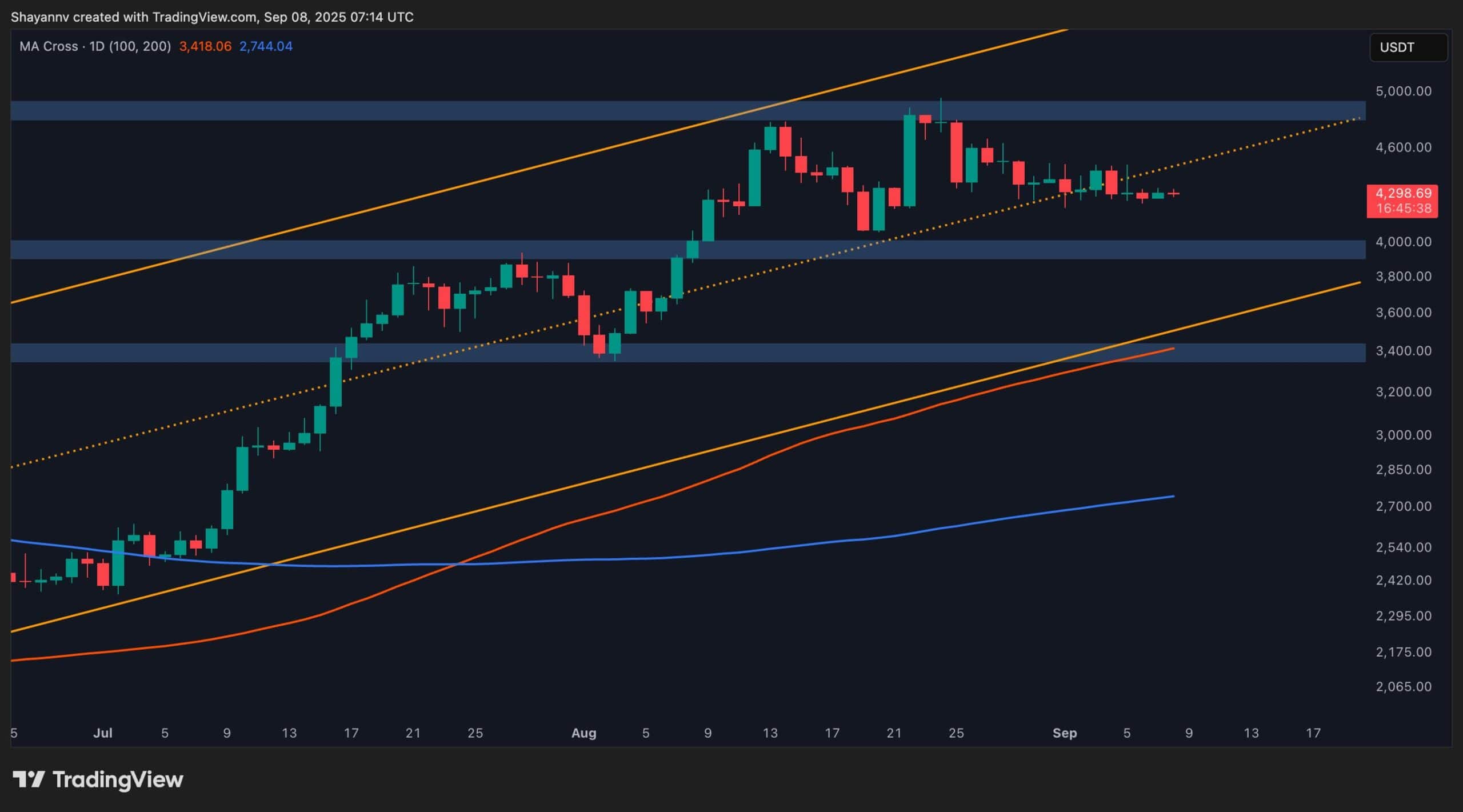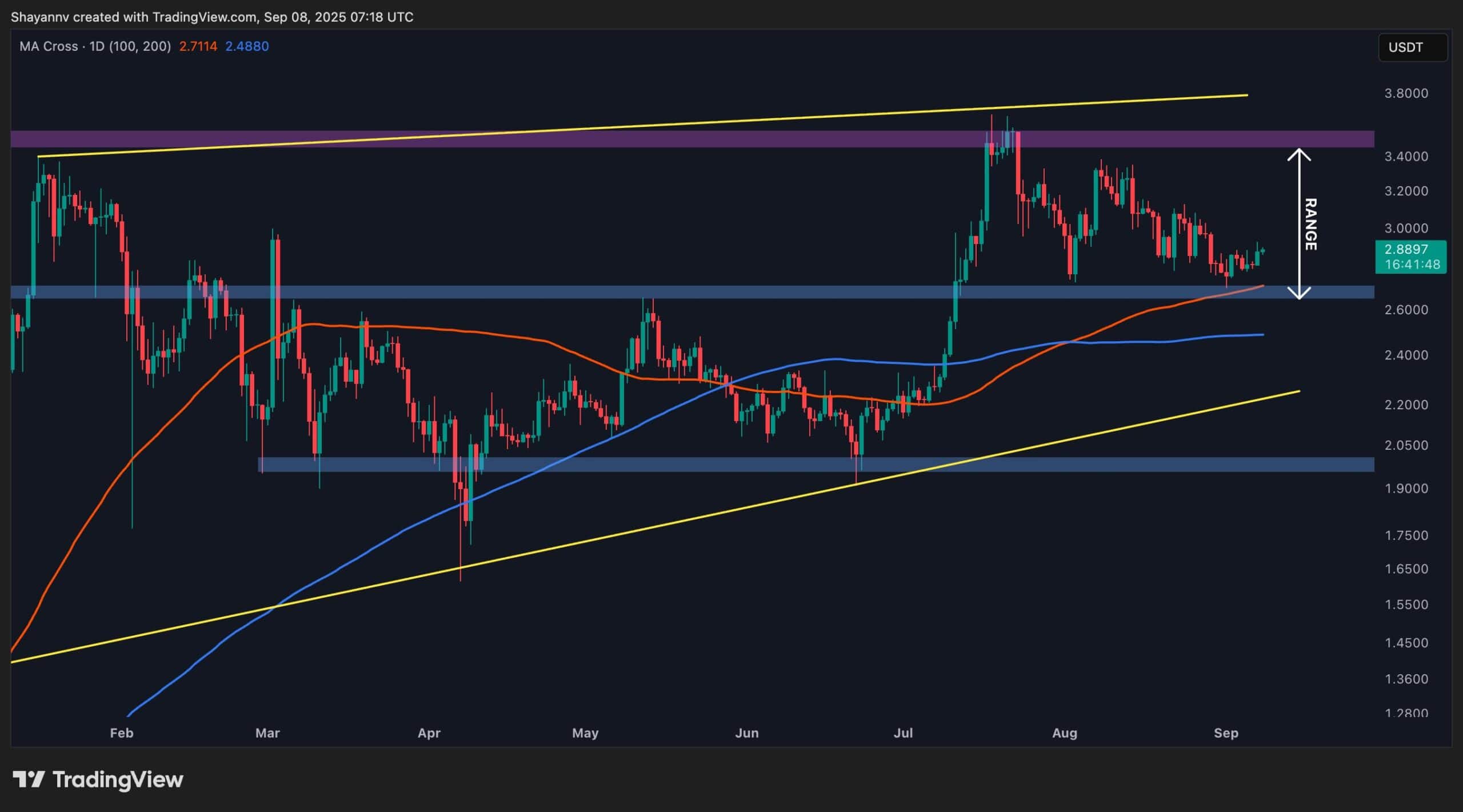ARTICLE AD BOX
Timothy Morano Oct 04, 2024 11:06
Australian scientists leverage AI to study Antarctic moss, uncovering crucial climate change insights. This innovative approach uses edge computing to analyze moss health in harsh conditions.

AI Technology at the Forefront of Climate Research
Antarctica's role in regulating Earth's climate makes it a focal point for climate research. While most studies concentrate on the Southern Ocean's carbon absorption or the continent's reflective glaciers, a team of Australian scientists is exploring a different aspect: the health of Antarctic moss. Utilizing an AI-powered edge computing platform, these researchers aim to understand how warming in Antarctica might affect global climate patterns.
Significance of Moss in Antarctic Ecosystems
Although moss covers less than 1% of Antarctica's surface, its ecological importance is substantial. Mosses absorb atmospheric CO2 and provide habitats for vital microorganisms, fungi, and micro-animals, forming a crucial part of the Antarctic food chain. These organisms are adapted to survive the extreme conditions of the Antarctic winter by drying and freezing. Over the last 20 years, scientists have observed a worrying decline in moss health, attributed to climate change-induced wind pattern shifts and ozone layer depletion. This deterioration threatens soil stabilization, CO2 sequestration, and biodiversity maintenance.
Innovative Monitoring with AIoT Platform
To tackle these challenges, researchers from Securing Antarctica's Environmental Future (SAEF) have developed an autonomous year-round monitoring system. This system, called the Artificial Intelligence of Things (AIoT) Platform, is equipped with a solar panel and insulated battery, allowing it to function in the harsh Antarctic environment. The platform, built around the NVIDIA Jetson Orin Nano, is designed to handle AI workloads efficiently. It utilizes image segmentation models trained on NVIDIA A100 Tensor Core GPUs. The AIoT platform collects data on moss canopy, air temperature, humidity, soil moisture, and more, analyzing it at the edge to reduce data transmission back to Australia.
Optimizing Data Processing and Transmission
According to Professor Sharon Robinson of SAEF, using NVIDIA TensorRT has optimized the image segmentation model, enhancing processing speed and reducing power consumption. This improvement extends the AIoT platform's battery life, enabling continuous monitoring. The platform processes data locally, transmitting only essential insights via the LoRaWAN protocol to an Antarctic research station, and subsequently to the SAEF database. This approach minimizes bandwidth usage, allowing for real-time environmental monitoring and analysis.
Future Prospects and Collaborative Efforts
SAEF's research is supported by NVIDIA's Academic Grant Program, which provides the necessary computing resources. The team is also collaborating with the Australian Antarctic Division on the Antarctic Terrestrial and Nearshore Observing System project, integrating Jetson platforms into new remote sensing towers. This collaboration aims to enhance the interoperability of remote monitoring systems, expanding the scope of environmental data collection across Antarctica. For more information, visit the [NVIDIA Technical Blog](https://developer.nvidia.com/blog/ai-investigates-antarcticas-disappearing-moss-to-uncover-climate-change-clues/).
Image source: Shutterstock










 English (US) ·
English (US) ·